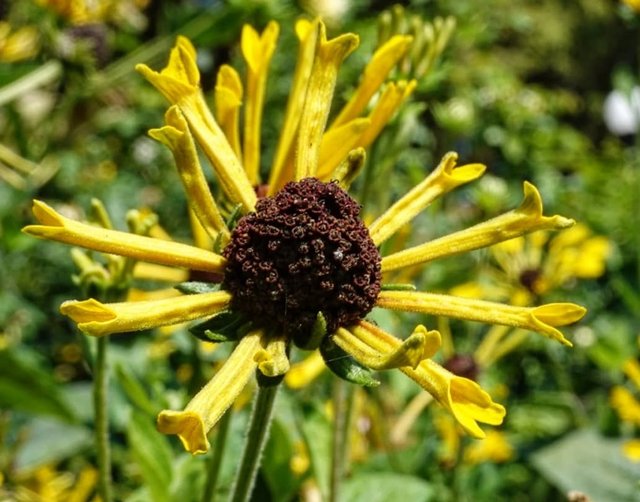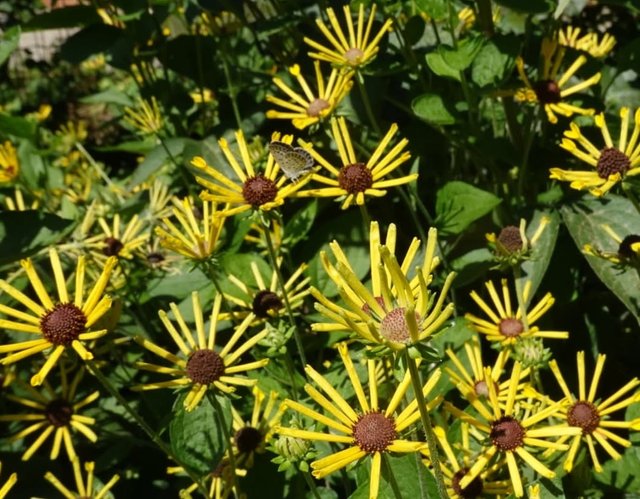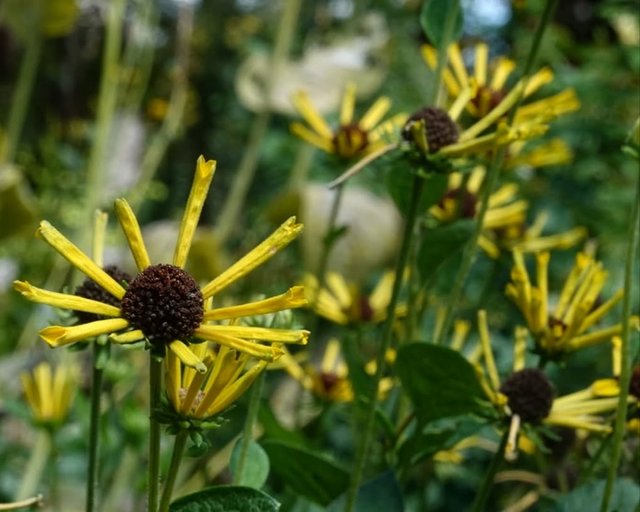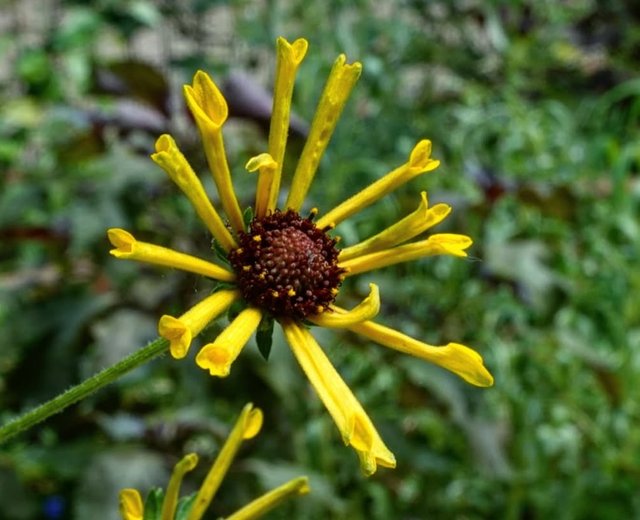Black-Eyed Susan Flower
Black-Eyed Susan: A Bright Symbol of Resilience and Warmth
The Black-eyed Susan, with its vibrant yellow petals and dark brown or black central cone, is one of the most recognizable and cherished wildflowers in North America. Often found lighting up meadows, prairies, and gardens, this hardy bloom has become a symbol of encouragement, friendship, and optimism. Its cheerful appearance and adaptability have earned it a place in many hearts, as well as in state and local emblems.
Origins and Classification
Belonging to the Asteraceae family, Black-eyed Susan is a relative of sunflowers and daisies. It is native to North America, where it thrives in open fields, roadsides, and disturbed soils. The species name “hirta” means “hairy,” referring to the fine hairs covering its stems and leaves. First described in the 18th century, this flower quickly gained popularity as settlers began cultivating it for gardens and decorative landscapes.
Appearance and Growth Habits
Black-eyed Susans are biennial or short-lived perennials that can grow between 1 to 3 feet tall. The plants produce clusters of daisy-like flowers, each with golden-yellow ray florets radiating around a prominent dark center disk. The blooms typically appear from June through September, providing a long-lasting splash of color throughout the summer. The leaves are rough and lance-shaped, and the sturdy stems can withstand wind and moderate drought, making the plant low-maintenance and resilient.
Habitat and Growing Conditions
These flowers are remarkably adaptable and flourish in full sun and well-drained soil. They tolerate poor soils and drought conditions, making them a favorite for wildflower gardens and naturalized areas. Black-eyed Susans are often used in pollinator gardens since their nectar-rich blooms attract butterflies, bees, and other beneficial insects. Their seeds provide food for birds such as goldfinches and sparrows in late summer and fall, enhancing local biodiversity.
Cultural Significance and Symbolism
In the language of flowers, Black-eyed Susans symbolize encouragement, justice, and resilience. Their sunny appearance is seen as a reminder to stay hopeful and strong, even in difficult times. They are the state flower of Maryland, where they hold cultural and historical importance, often featured at events like the Preakness Stakes horse race, where a blanket of Black-eyed Susans is draped over the winning horse.
| Device | cannon eos 700D |
|---|---|
| Lens | 55-250 zoom leans |
| Location | Bangladesh |




